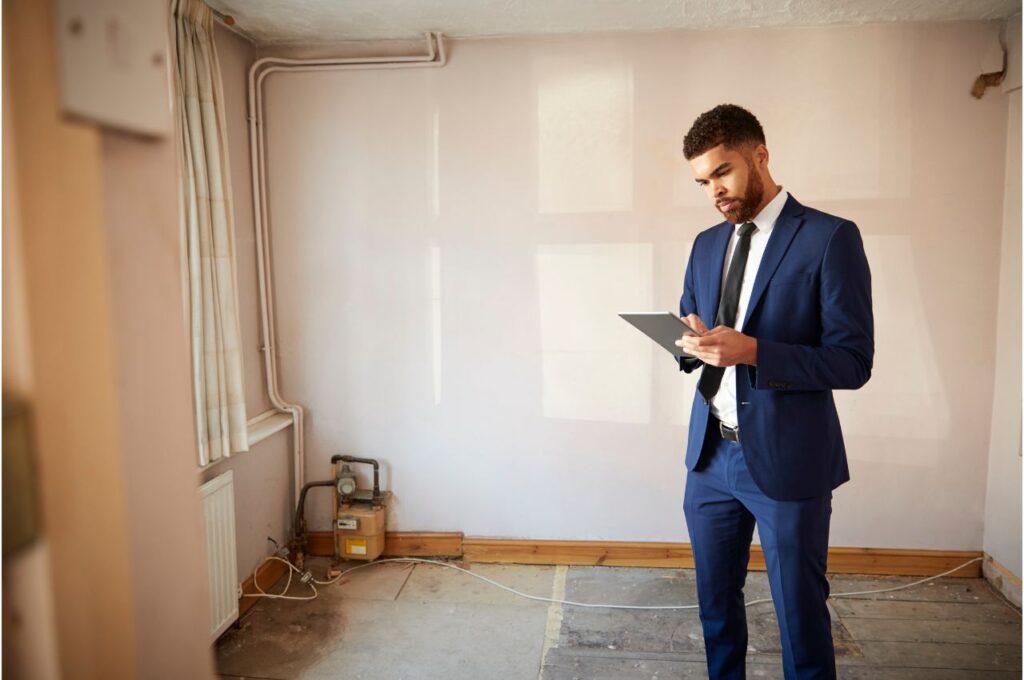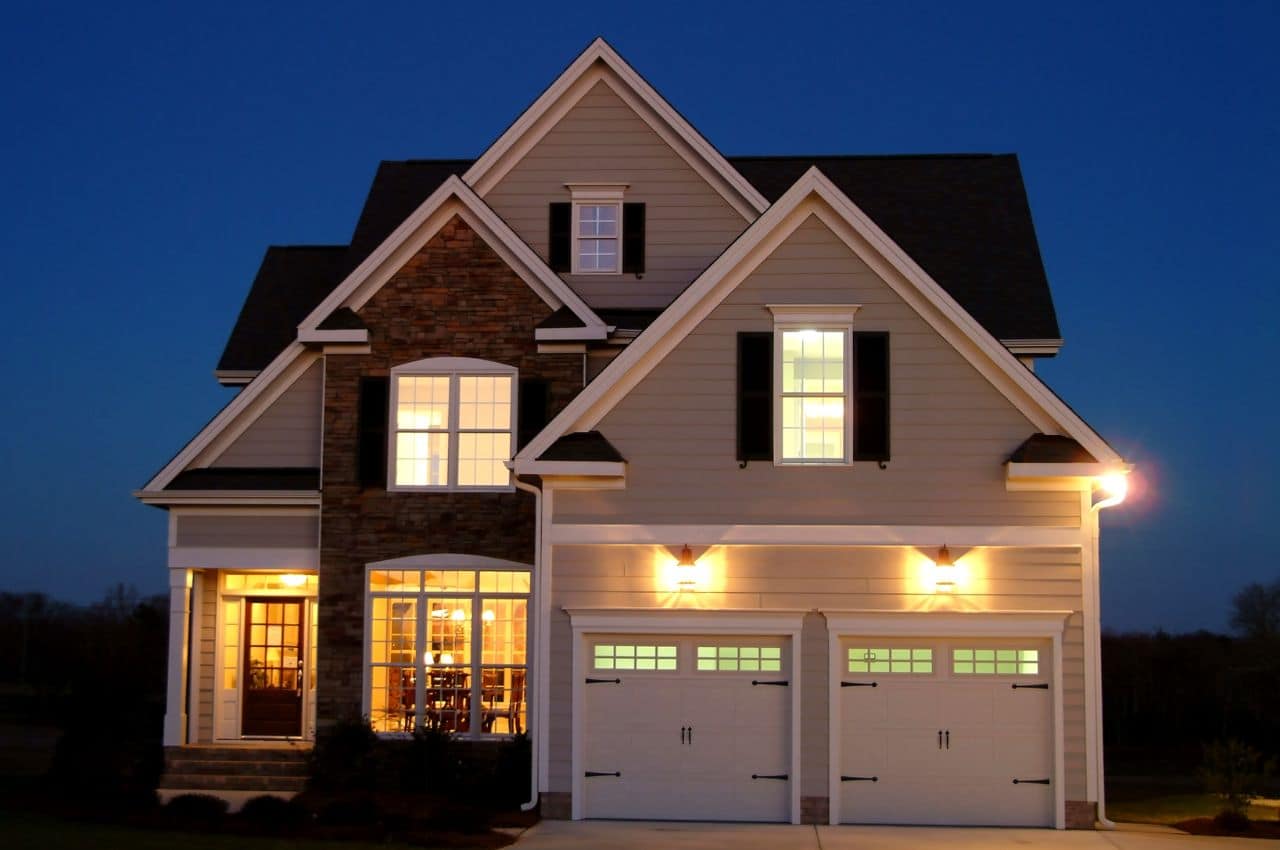Embarking on a property renovation project is a journey filled with excitement and anticipation of transforming spaces into something new and vibrant. Yet, amidst the selection of chic designs and the pursuit of enhancing structural integrity, a critical element often gets overlooked—pest control. This oversight can unravel the fabric of even the most meticulously planned renovations, leading to unforeseen complications and diminishing the overall success of the project. Pest infestations can lurk in the shadows, unseen yet potent enough to undermine the integrity and safety of your property. This guide delves into the indispensable role of pest control in renovation projects, unveiling why it’s the cornerstone of a successful transformation.
Importance of Pest Control in Property Renovations
Pests pose a silent threat to properties, especially during renovations when existing structures are disturbed, and new constructions are underway. Ignoring the potential for pest infestations can lead to damaging consequences, compromising not only the current renovation efforts but also the long-term structural integrity of the property. Effective pest management goes beyond mere extermination; it involves a proactive approach to identifying potential pest harborage areas, preventing future infestations, and ensuring the property remains safe and habitable. The benefits of integrating pest control into renovation projects are manifold, offering protection against damage, preserving the property’s value, and providing peace of mind for property owners and occupants alike.

Smarter Pest Control, Fewer Headaches.
Pest Control for Property Renovation: Initial Assessment
The first step in ensuring a pest-free renovation is conducting a thorough pest inspection before any work begins. This initial assessment is critical for identifying existing pest issues and potential risk areas that could become problematic during the renovation process. Professional pest control experts can offer invaluable insights into the types of pests that might be present, their locations, and the best methods for eradication and prevention. Addressing these issues early on can prevent costly disruptions and ensure that renovation efforts are built on a solid, pest-free foundation. This proactive approach not only streamlines the renovation process but also safeguards against the risk of future infestations, ensuring that the renovated property is as resilient as it is aesthetically pleasing.
Pest Control for Property Restoration: Integrated Strategies
In property restoration projects, especially those following damage from water, fire, or neglect, the risk of pest infestations is significantly heightened. These types of renovations often uncover hidden pest problems that require immediate attention. Integrating pest control strategies into the restoration process is essential for addressing not just the visible damage but also the underlying pest issues that could compromise the restoration efforts. Whether it’s termites in the framework, rodents in the insulation, or mold-attracting insects in damp areas, a comprehensive pest management plan is crucial for tackling these challenges head-on. By doing so, restoration projects can achieve their goals of not only repairing damage but also preventing future issues, ensuring the property is restored to its full glory and maintained in a condition that deters pests.
Planning and Executing Pest Control Measures
A strategic approach to pest control during the renovation process involves careful planning and execution. Collaboration with pest control professionals from the outset allows for the development of a plan that is both comprehensive and tailored to the specific needs of the project. This plan should identify critical stages of the renovation where pest control measures are most effective and least disruptive to the ongoing work.
For instance, before installing new insulation or drywall, treating the area for pests can prevent them from becoming trapped within walls, where they can cause unseen damage. Similarly, applying treatments to the foundation or around the perimeter of the property before landscaping can deter termites, rodents, and other pests from making their way into the renovated structure. Timing these treatments to coincide with specific phases of the renovation ensures that pest control measures are fully integrated into the project, providing long-term protection without impeding progress.
Post-Renovation Pest Control: Maintenance and Monitoring
After the dust has settled and the renovation project is complete, the focus shifts to maintaining the pest-free environment that has been established. A post-renovation pest control plan is crucial for ongoing monitoring and maintenance. This plan might include regular inspections, preventive treatments, and immediate interventions at the first sign of pest activity.
Educating property owners or occupants on the signs of pest activity and the importance of timely reporting is also vital. Simple preventive measures, such as sealing cracks, maintaining a clean environment, and managing waste effectively, can significantly reduce the risk of future infestations. Establishing a routine for pest control maintenance ensures that the investment in both the renovation and the integrated pest management remains protected over time.
Pest Control for Property Renovation: Cost-Benefit Analysis
The integration of pest control into renovation projects involves additional costs, both for the initial treatment and for ongoing maintenance. However, when viewed through the lens of a cost-benefit analysis, the value of incorporating pest management becomes clear. The immediate costs are offset by the avoidance of future expenses related to pest damage repair, which can often exceed the cost of preventive pest control.
Moreover, properties that are maintained pest-free enjoy higher market values and are more attractive to potential buyers or tenants. The assurance of a pest-free environment is a significant selling point, enhancing the property’s appeal and justifying a higher asking price or rental rate. The long-term benefits of integrating pest control into renovation projects, in terms of both property value and occupant satisfaction, far outweigh the initial investment.
Pest Control for Property Restoration: Addressing Hidden Damages

Restoration projects, particularly those necessitated by damage or neglect, frequently reveal hidden pest infestations that must be addressed to fully restore the property. Termites, for example, can cause extensive structural damage that is often concealed until renovation efforts begin. Addressing these hidden damages is a critical component of the restoration process, requiring a combination of pest eradication and repair work to ensure the structural integrity and aesthetic appeal of the property are fully restored.
The integration of pest control measures during the restoration process not only addresses the immediate issue but also helps to prevent future infestations. By treating the underlying causes of pest attraction and entry, restoration projects can achieve more durable and lasting results, ensuring that the property is not only restored to its former glory but also protected against future pest-related challenges.
Pest Control for Property Remodelling: Aesthetic and Functional Benefits
Ensuring that property remodelling projects are both aesthetically pleasing and functionally enduring requires a keen attention to detail, particularly in terms of pest control. Effective pest management during remodelling not only safeguards the property’s structural integrity but also enhances its overall appeal and usability. Choosing materials and construction methods that are resistant to pests is an essential step in this process. For example, using treated wood that deters termites or opting for metal framing in areas prone to termite infestation can prevent potential damages. Additionally, incorporating design elements that reduce moisture accumulation can help deter pests that thrive in damp environments.
The aesthetic benefits of integrating pest control into property remodelling are significant. By preventing pest infestations, property owners can maintain the pristine condition of interior finishes and exterior facades. This level of care and foresight in remodelling projects not only increases the property’s appeal to current and prospective occupants but also contributes to a higher perception of value and quality. Functionally, properties that are remodelled with pest resistance in mind experience fewer maintenance issues, leading to lower long-term upkeep costs and enhanced usability for occupants.
Planning and Executing Pest Control Measures
The execution of pest control measures during property remodelling requires meticulous planning and coordination. Working in tandem with pest control professionals ensures that every aspect of the remodelling project considers potential pest threats. For instance, sealing off entry points for rodents and insects during construction, and applying preventive treatments in and around the property, can form an effective barrier against pests. This collaboration should extend to selecting landscaping that minimises pest attraction and implementing drainage solutions that prevent water from pooling near the structure.
The timing of these interventions is crucial. Applying treatments before closing up walls, for example, can provide long-lasting protection against pests with minimal disruption to the remodelling schedule. Similarly, treating the soil before laying new foundations or installing outdoor features can prevent termites and other pests from compromising the property’s structural and aesthetic integrity.
Post-Renovation Pest Control: Maintenance and Monitoring
Following the completion of a remodelling project, establishing a routine for pest control maintenance and monitoring is crucial to preserving the property’s condition. Regular inspections can identify and mitigate potential pest issues before they escalate, ensuring that the investment in both remodelling and pest control remains protected. These preventive measures are a key component of a comprehensive property management strategy, emphasising the importance of sustainability and long-term care over reactive solutions.
Educating property owners and occupants on maintaining the property to prevent pest infestations plays a critical role in this phase. Simple practices, such as proper waste management, regular cleaning, and prompt reporting of potential pest sightings, can significantly reduce the likelihood of infestations, maintaining the property’s aesthetic appeal and functional value.
Conclusion
Pest control is an indispensable aspect of successful property renovations, restoration, and remodelling projects. Its integration not only ensures the structural and aesthetic integrity of the property but also enhances its functionality and overall appeal. As you plan your next renovation project, remember to prioritise pest control. Taking this step not only safeguards your investment but also elevates the quality and desirability of your property. Ready to remodel with confidence? Let’s ensure pest control is part of your blueprint for success.





